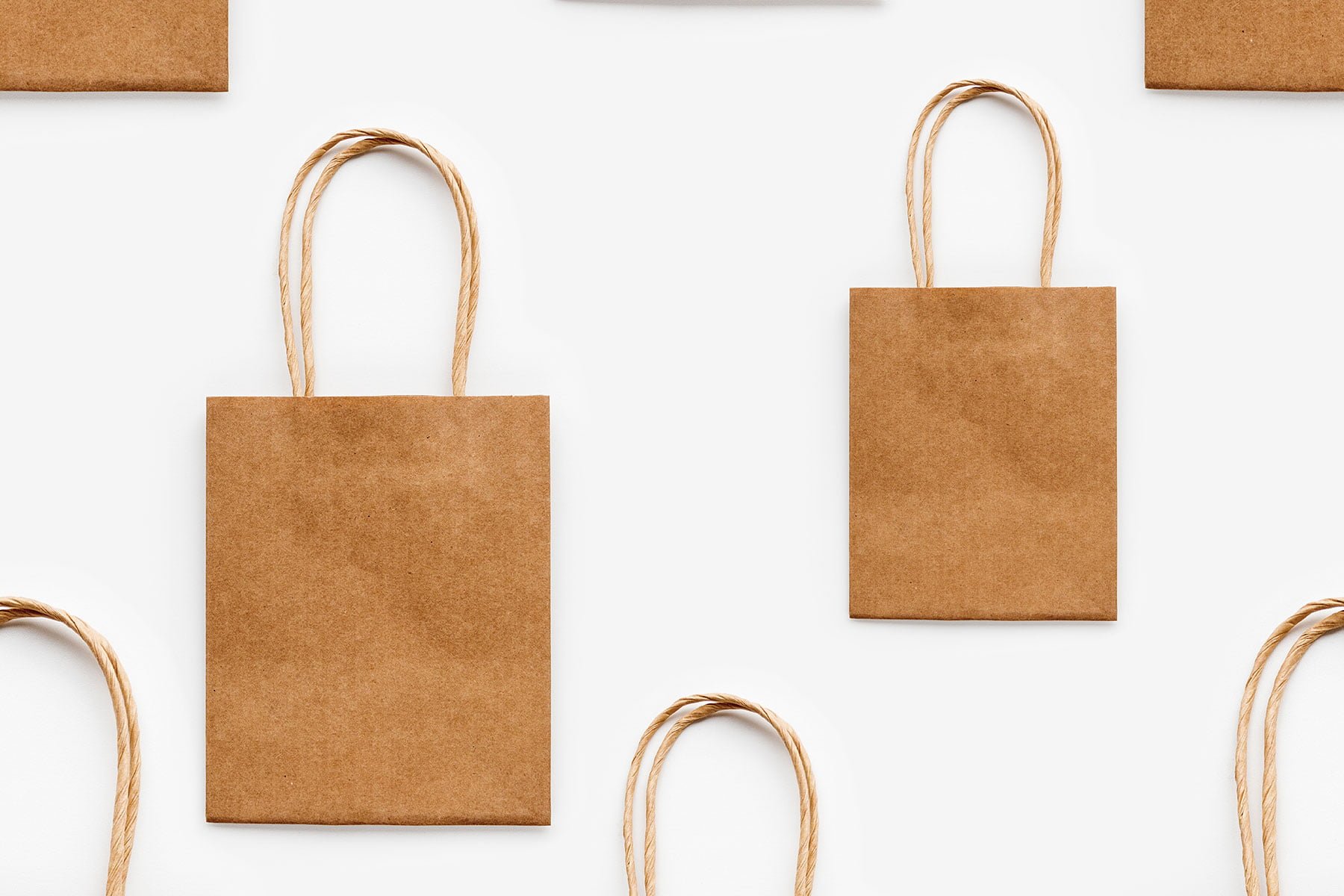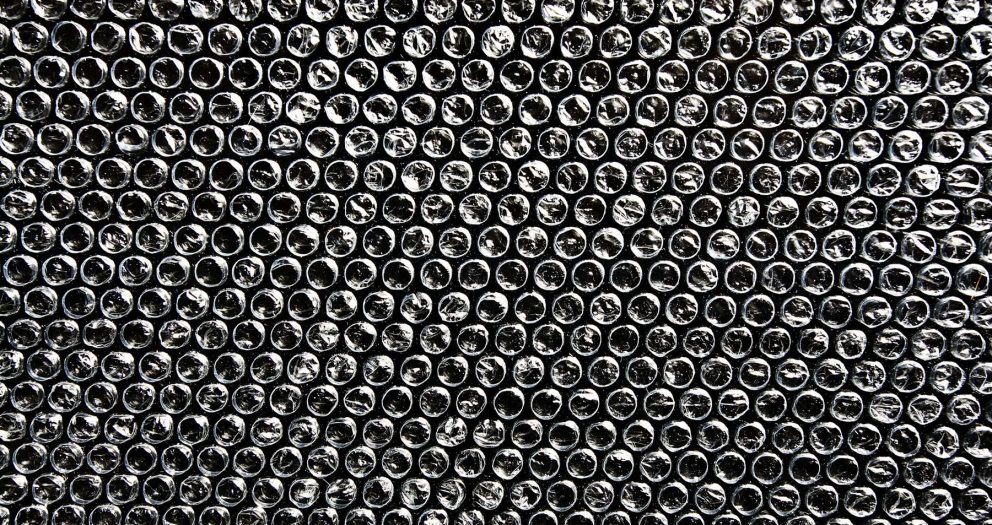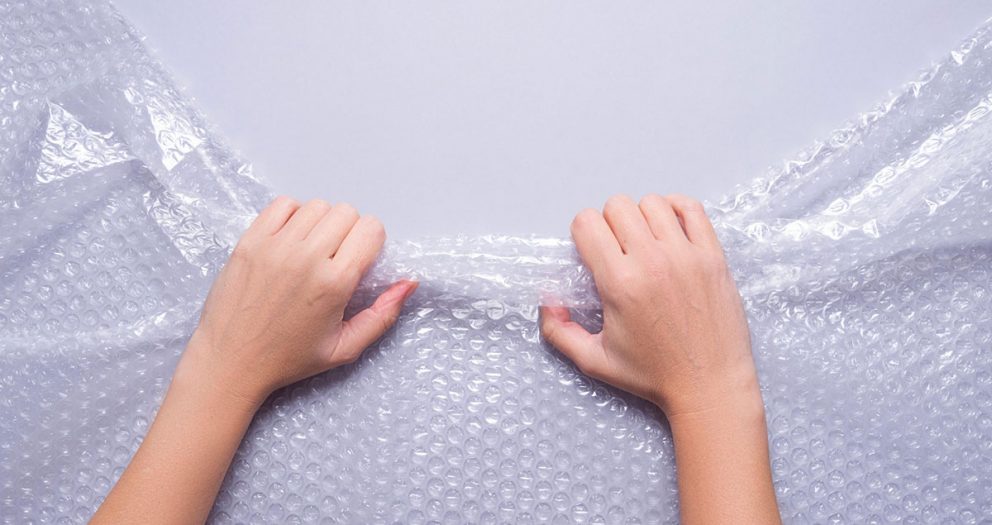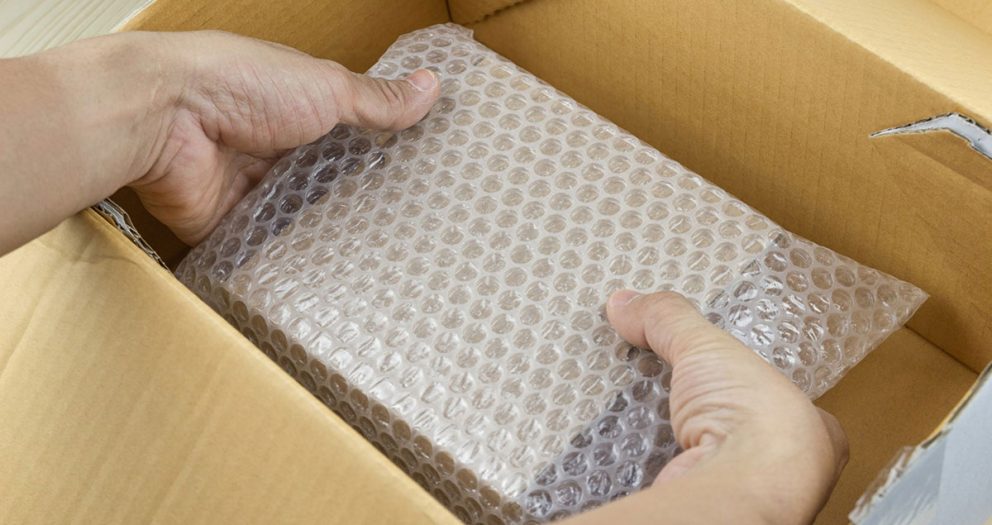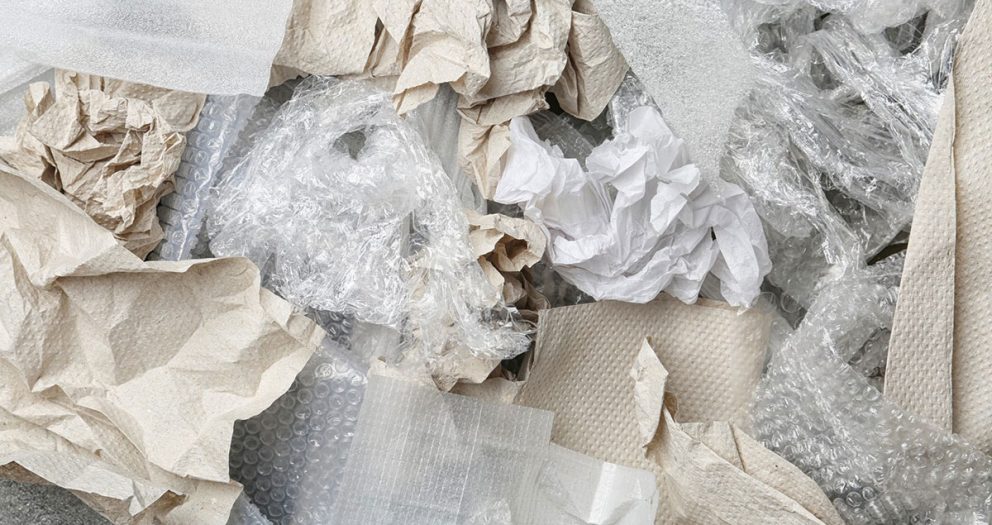Paper bags are ubiquitous these days.
You can find yourself using them everywhere, to carry takeaway food home, in goody bags from events to just shopping for groceries. It is easy to think that they were always this common.
Paper bags have been around before plastic was even invented. This was a time when storage material was mainly metal, wood or fiber, making it bulky and inconvenient. There had to be a better solution, but it wouldn’t come until the middle of the 19th century.
Since that point though, paper bags have become so common that they are also used as branding and outreach material! How did this seemingly humble product make its mark on the consumer industry?
Let’s trace the journey of paper bags through time, following the trail of people who contributed to it.
The history of paper bags
For years on end, people used jute, canvas and burlap to hold and transport items. This was obviously a very durable option, but these materials are heavy and the production process is long and energy-consuming.
Early in the 19th century, paper began to be used as packaging material. It was lightweight and could carry basic items with ease. However, there was still a problem. The bags had to be produced by hand and therefore were not easily available to everyone. Although they were cheap, their design was clunky and they were far from what our idea of paper bags in the present is.
A few decades later, a man named Francis Wolle was working in his family’s grocery store. He noticed that people couldn’t carry many products back with them. With the intent of increasing their capacity to take items home, he began fiddling around with the design of paper bags.
In 1852, Wolle hit the target. He came up with a machine that would mass-produce paper bags. His bags looked more like mailing envelopes rather than the paper bag you would recognize, but they still had a better carrying capacity than what was available. Wolle patented his machine and went on to make millions of dollars manufacturing paper bags.
Now, one of the two problems with paper bags was fixed. But they still were not sturdy and could hold lightweight items only.
Enter Margaret Knight, an employee at the Columbia Paper Bag Company. She was a woman who had always been interested in tinkering around with machines. When she was about the age of 30, Margaret heard that her company was trying to make a machine that would make paper bags with flat bottoms.
The idea interested Margaret so much that she created a prototype in six months! When she got a working version made of metal, it was 1868. Margaret then got into a patent battle with someone who stole her idea and emerged victoriously. The world got its first automated paper bags with flat bottoms, and Margaret became a media sensation and feminist icon. She formed her own company called the Eastern Paper Bag Company, and shop owners around the world lapped up her invention.
But wait, her product was still slightly different from what we see today. Margaret’s bags were not foldable, so they still had room for improvement. Charles Stillwell, a mechanical engineer, came up with the idea of adding pleats to paper bags. They could now be folded and easily stored. Stillwell called them “self-opening sacks”.
Then, yet another important development happened. Lydia and Walter Deubener realized that there was an easy way to make paper bags sturdier. They added in a string that was both a handle and bottom reinforcement, which let people carry up to 20 pounds of food in each bag!
Paper bags became the standard packaging for department stores and were often printed with the logo or colors of the brand.
But in the 1970s, plastic bags were introduced. These were cheaper and grocery stores embraced them whole-heartedly. It wasn’t until the early 21st century that people began to realize that these cheap alternatives were harmful to human health and the environment.
This started a trend towards bringing back paper bags at stores. Now many grocers and shoppers resort to using paper bags whenever they can.
What are paper bags made of?
The common brown paper bags that you see are most likely made of kraft paper. This paper is manufactured through the kraft process invented by Carl F. Dahl, a German chemist.
In the kraft process, wood chips are heated intensely and broken into pulp. This pulp is cleaned several times and bleached to give the brown paper we associate with paper bags. Kraft paper is very durable, and the kind used to make paper bags is special.
This paper, called sack kraft paper, is porous with high elasticity and tear resistance, making it ideal for packaging.
Paper bags can be made of any kind of paper. They vary in their size, shape and durability. Quite often, paper bags are required to have a set percentage of recycled content in their material, making them more sustainable.
How does design affect the strength of paper bags?
If you read through the history of paper bags, you might have already noticed that the small changes inventors made in its design contributed towards its strength a lot.
From a flimsy paper envelope to the sturdy bag carrying about 20 pounds, here are the design elements that make paper bags awesome:
- Paper material
The kind of paper used to make the bag is the most basic design element. The simplest way to judge this is the weight of the paper. This is a measure of the density of the paper in reams of 500.
The heavier the paper, the more durable the paper bag. Lighter paper is used to carry items such as documents, and heavier paper can help carry even grocery products.
- Handles
The Deubeners came up with the ingenious idea of adding handles to paper bags. Their invention used string, but a commoner material is kraft paper twisted into cords.
The cords are glued to the inside of the paper bag and reinforced with other materials. This helps increase the capacity of the paper bag and distribute the weight inside more evenly.
- Shape of bottom
Wolle made an envelope-style bag, which is still very much in use for carrying documents and posts. But Margaret Knight’s design used a flat bottom, meaning that more items could now be neatly carried around. Her design is more common these days, being used at events and grocery stores often.
- Reinforcement
In paper manufacturing, reinforced areas are called gussets. Paper bags have a few weak points, such as around the handles and at the bottom. Gusseting these areas increase their capacity to carry heavy items and prevents them from tearing.
What types of bags are available?
There are paper bags for every need in the market. Here are just a few you might encounter:
- SOS
Stillwell’s design, the bags are foldable but stand on their own when loaded. These are often used to carry lunches.
- Pinch-bottom
Open-mouth bags, but with a pinched base. These are used to store bakery items and other food products.
- Envelope-style
Wolle’s design, these bags are flat and mainly used to carry documents and post.
- Recycled bags
These are made of recycled material ranging from 40% to 100%. Perfect for the environment-friendly.
In conclusion
The humble paper bag has had a long, dramatic journey full of change. It has evolved from a flimsy paper envelope to a sturdy bag that can hold heavy items. It has stood its ground against plastic, despite almost being obliterated, and is fast making its comeback.
The next time you bring something home in a paper bag, remember the inventive folks behind its design!

